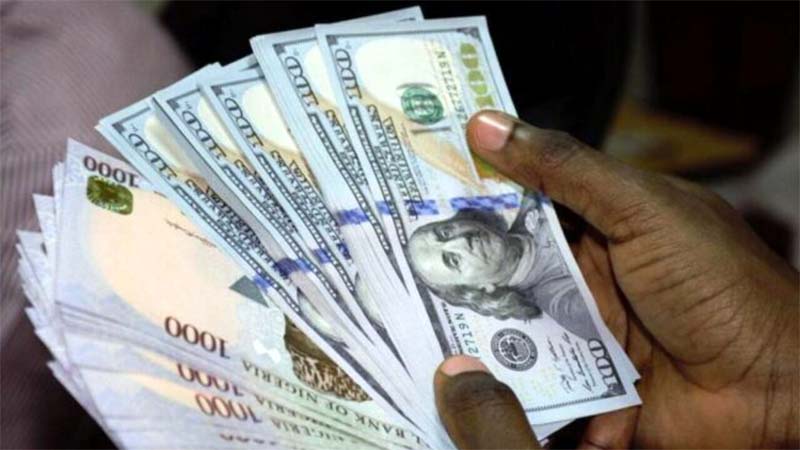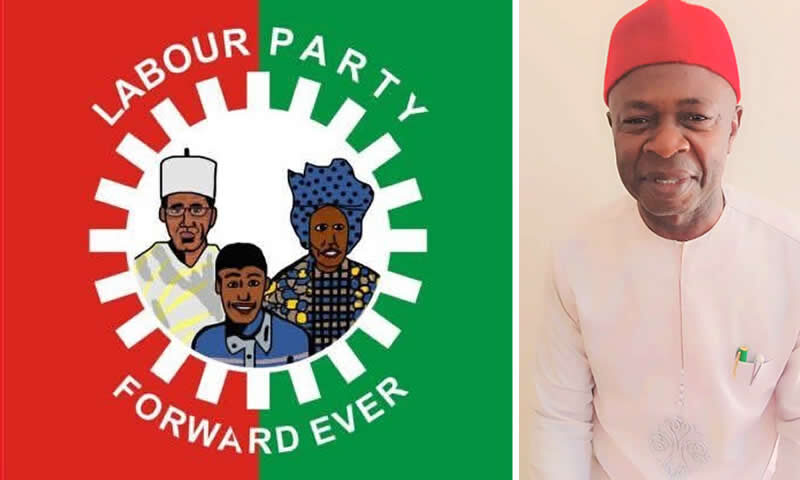Recent price movements revealed that the dollar index fell to 103 points, the lowest level it had reached in the previous two months
The structural issues facing the Nigerian economy have prevented the naira from benefiting from the US dollar’s recent decline despite the dollar index dropping to its lowest level in two months.
Black market currency speculators kept pressure on the naira after the CBN postponed its MPC meeting for the second time since Governor Olayemi Cardoso’s nomination in September, raising concerns about attempts to support the country’s currency, which has dropped by more than half its value this year
The next meeting of the Monetary Policy Committee was set for Monday and Tuesday, according to a calendar posted on the CBN’s website.
The governor of CBN, who assumed office in September, has not stated where he sees the naira’s trading band, when the FX backlogs will be cleared or when additional liquidity might be added to the market.
The naira traded at an intra-day high of N1138 in the P2P market on Tuesday morning, bringing it far from the official market rate. Data from FMDQ showed highlighted that rates dropped to N750.14 per dollar on Monday from N791.75 per dollar last Friday.
Investors had earlier praised President Tinubu for lifting the currency controls in the hopes that accessing foreign currency would be made simpler by a single exchange rate, but that hasn’t happened yet.
As of the end of 2022, JPMorgan estimated that the nation’s net foreign exchange reserves were $3.7 billion, “significantly lower” than previous projections.
The National Economic Council stated in August that the amount in Nigeria’s crude excess account is only $473,755, compared to a peak of $20 billion in 2008, when the FG withdrew dollars to support the naira and budgetary spending. The US dollar began the new week continuing its downward trend after seeing its biggest weekly decline since July last week.
Recent price movements revealed that the dollar index fell to 103 points, the lowest level it had reached in the previous two months, while bearish signals were also being generated due to recent economic developments.
Markets anticipate that the U.S central bank is done raising rates and has gained traction among investors after last week’s less-than-expected inflation data. As a result, traders are now more focused on the potential timing of interest rate cuts by the Fed.
Market pricing does not fully account for Fed officials’ indications that tightening policies may be reactivated when needed, despite their recent dovish remarks supporting a softer dollar.
There are still some recommendations as the idea that the Fed will move to a pivot interest rate phase becomes more popular.
The meeting minutes should have little effect on the US dollar, based on recent trends. The dollar index has entered a downward trend as a result of investors’ increased risk appetite as regional tensions rise and news flow slows down.
In October, the index showed stability in the face of intensifying geopolitical issues. In technical terms, the dollar entered a correction trend in September and October after remaining horizontal for a month.
After last week’s steep drop, the index, which had been holding onto the 105 supports for some time, lost support in the 104.2 band and is now heading toward the main support zone in the 102.5–103 band, all the while keeping a negative outlook






